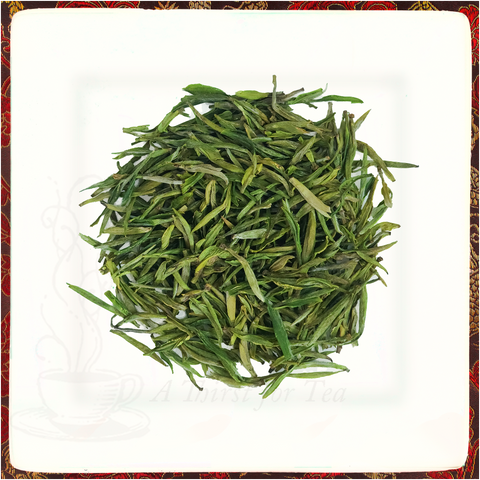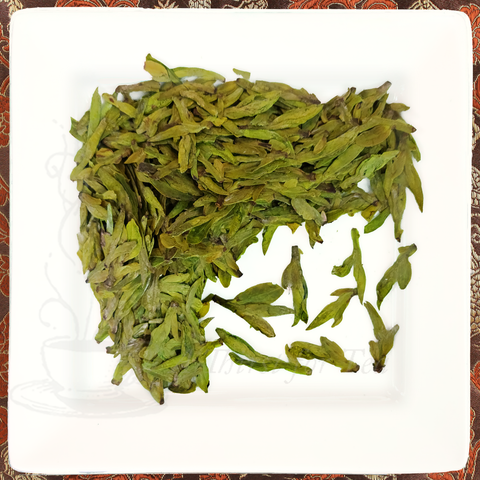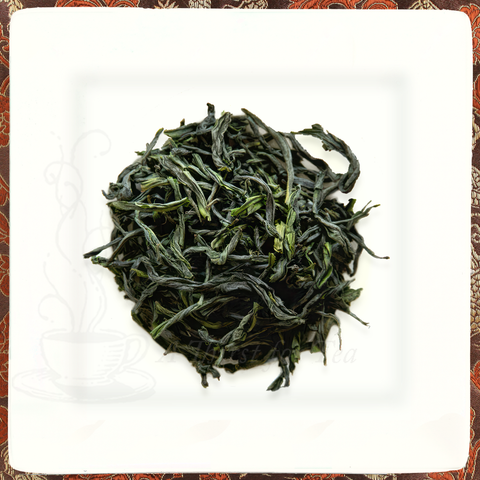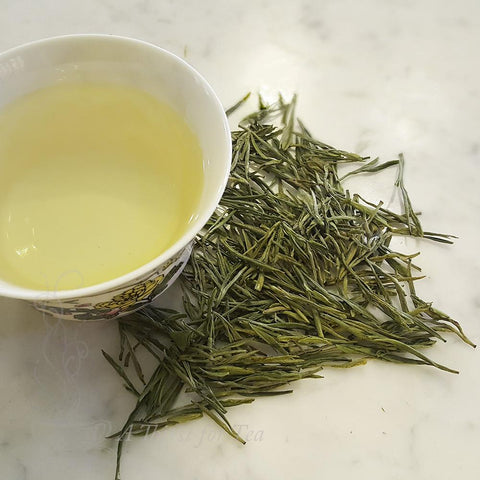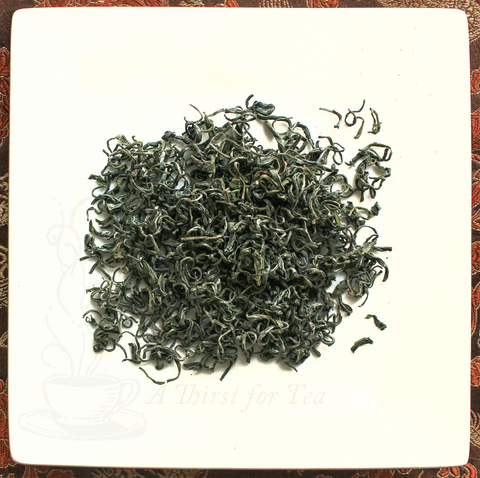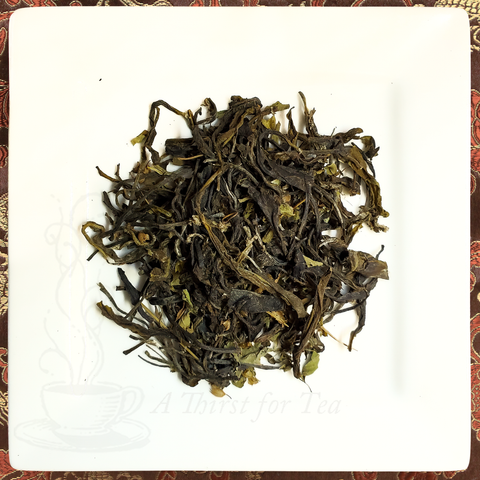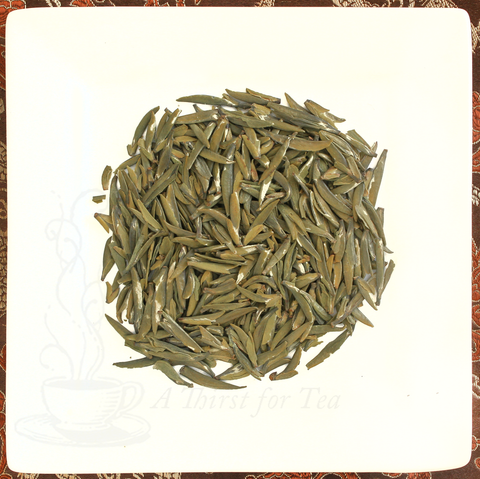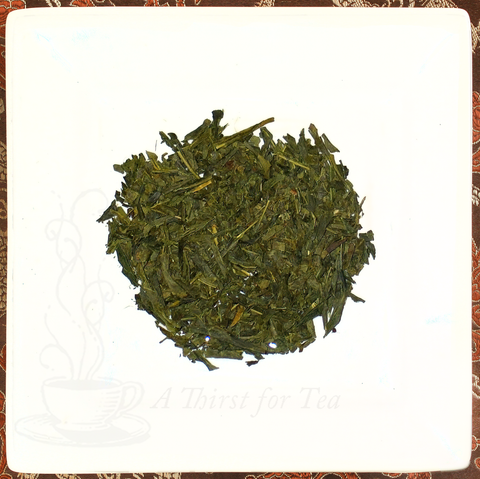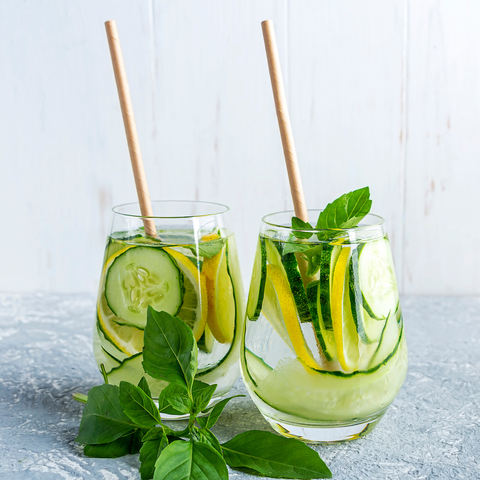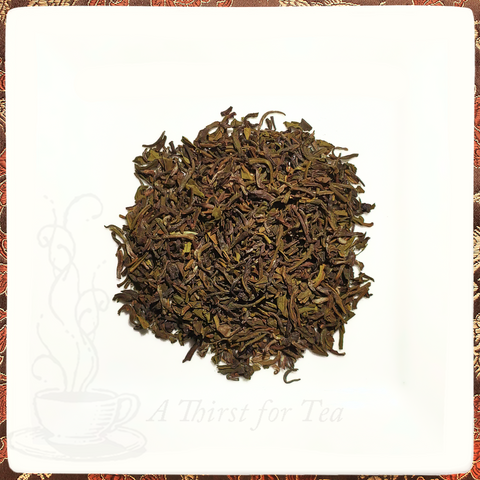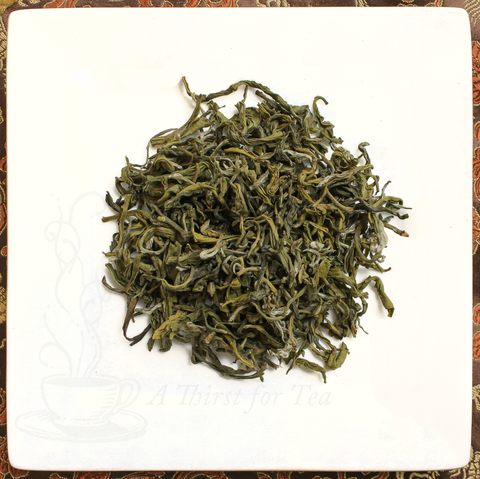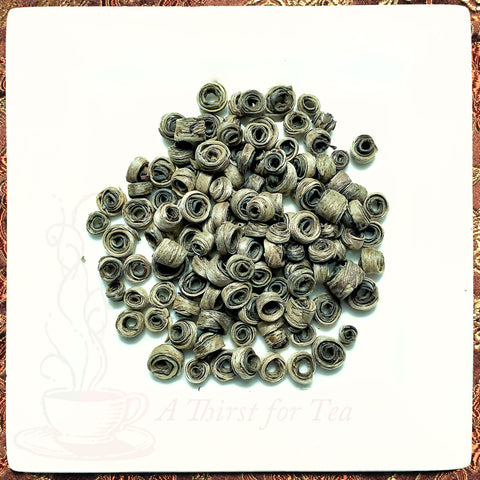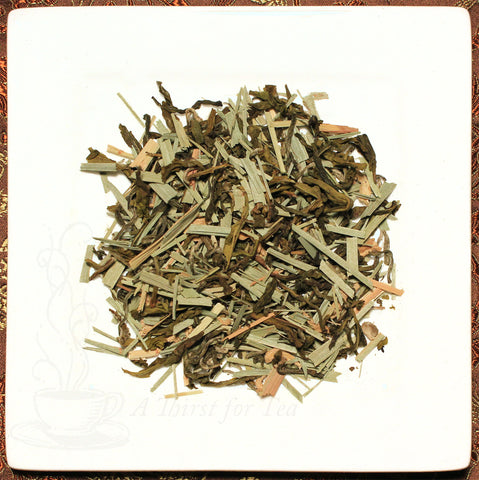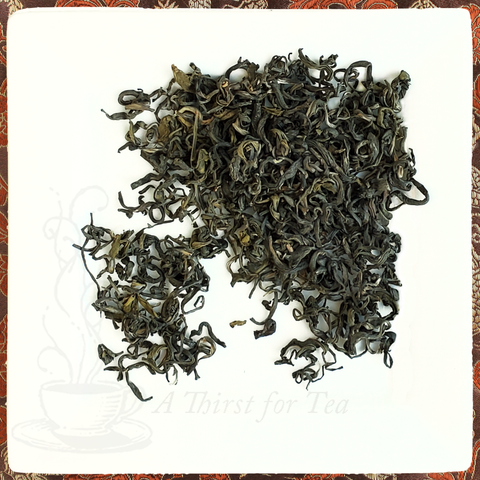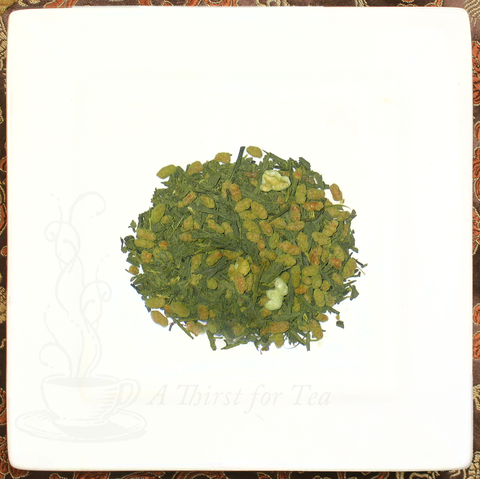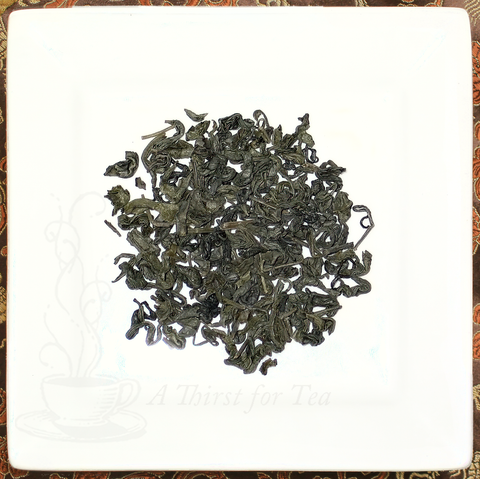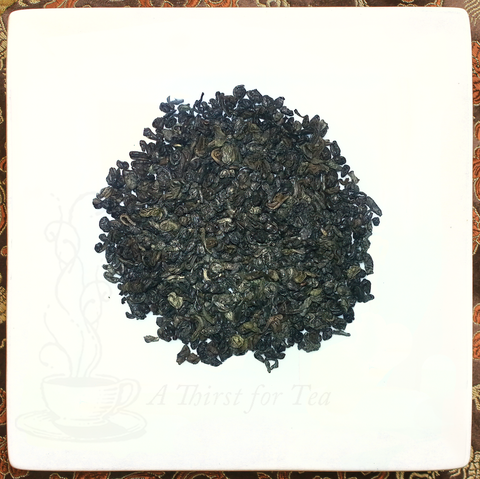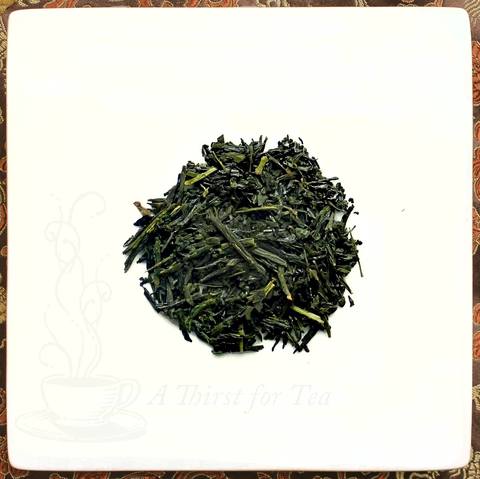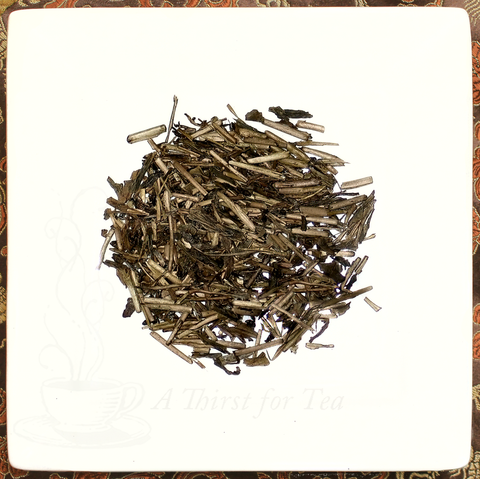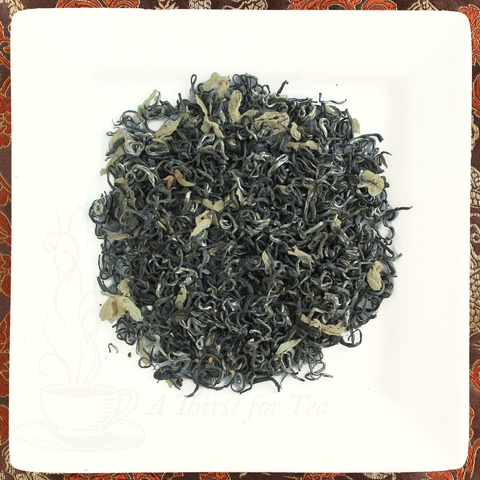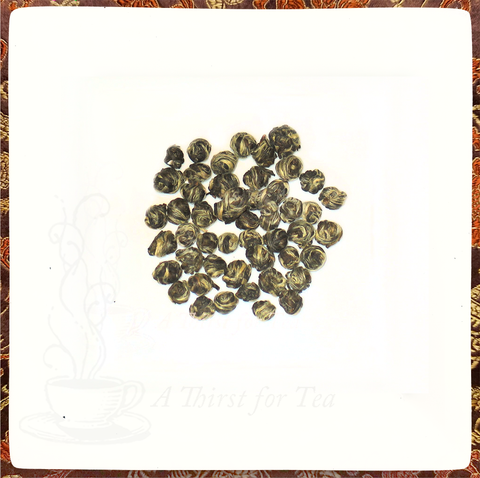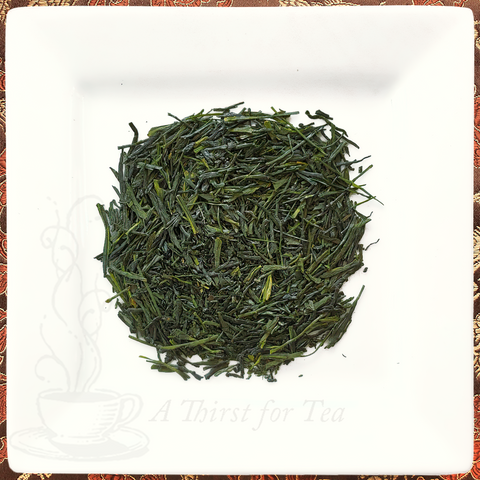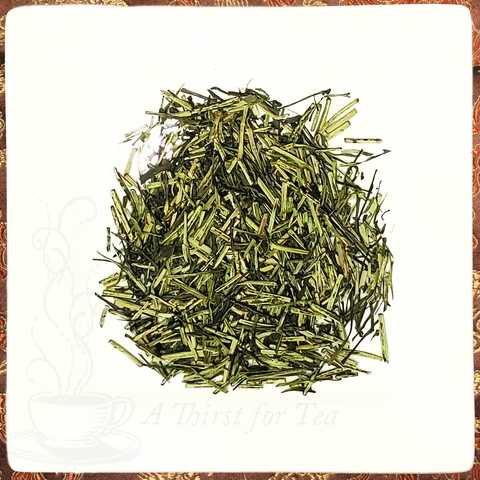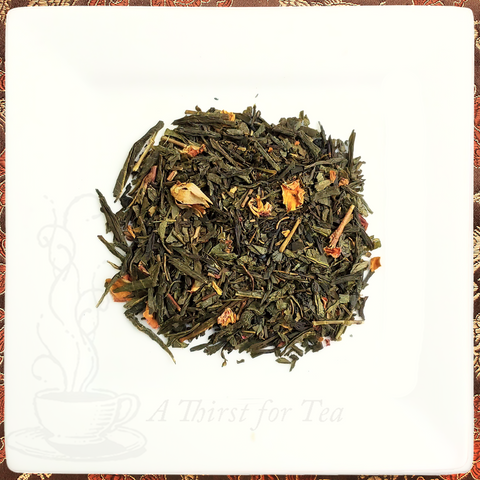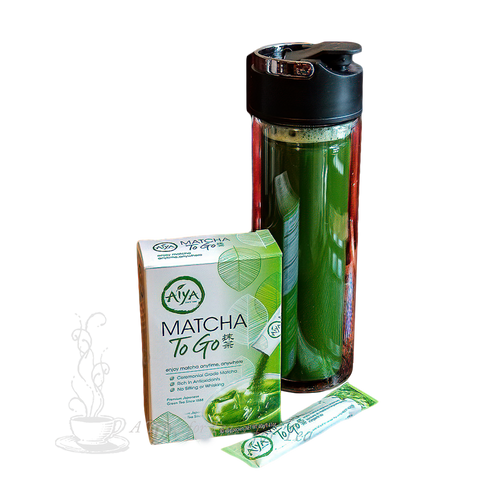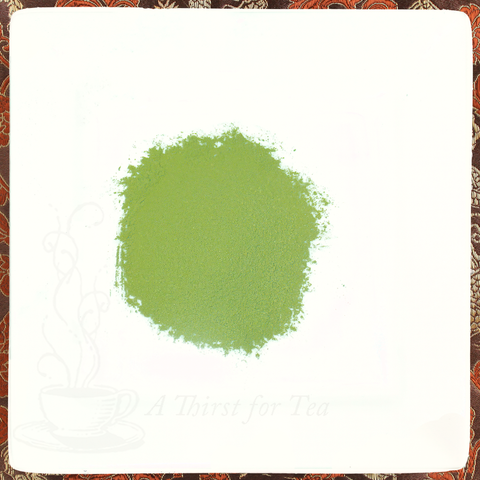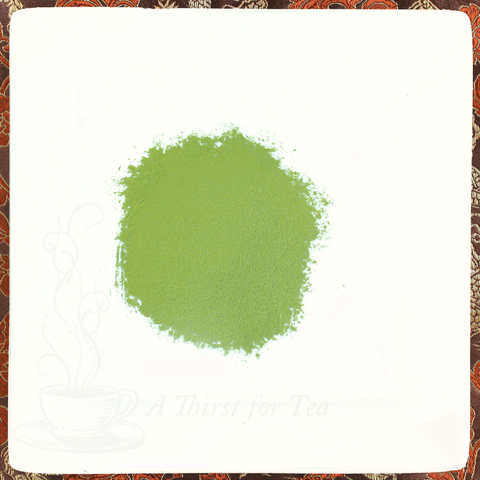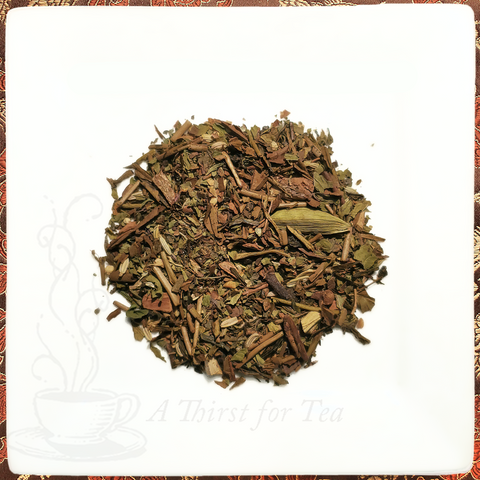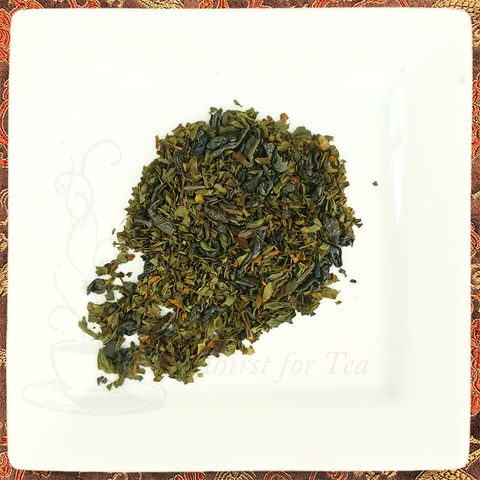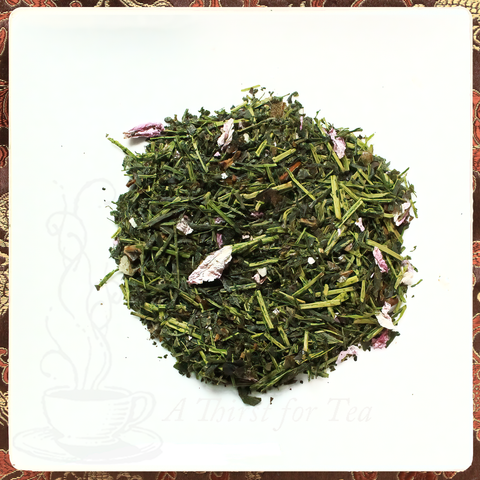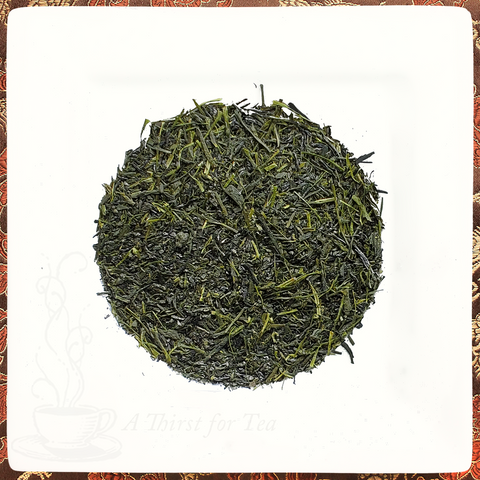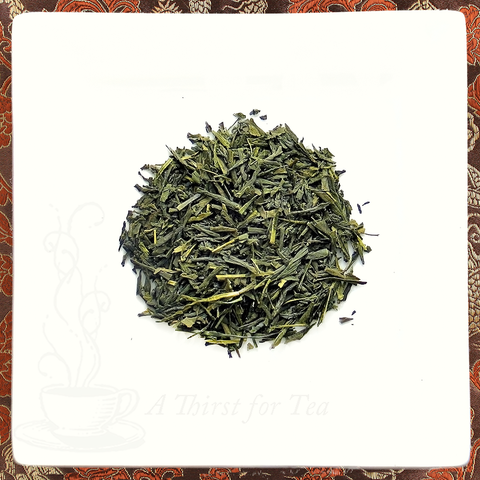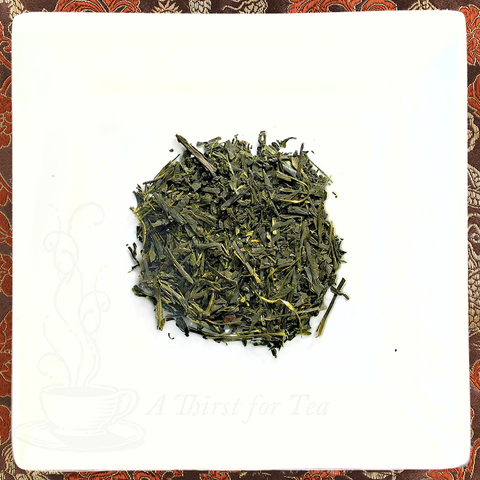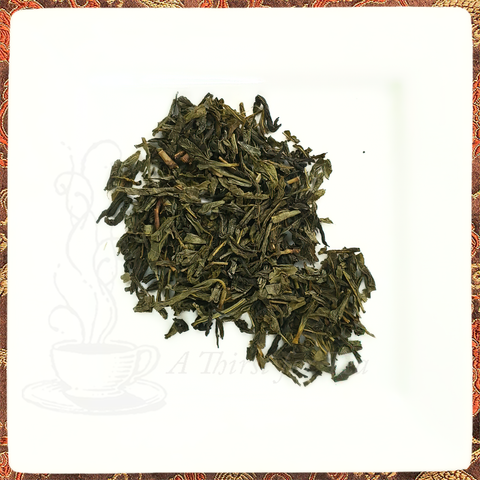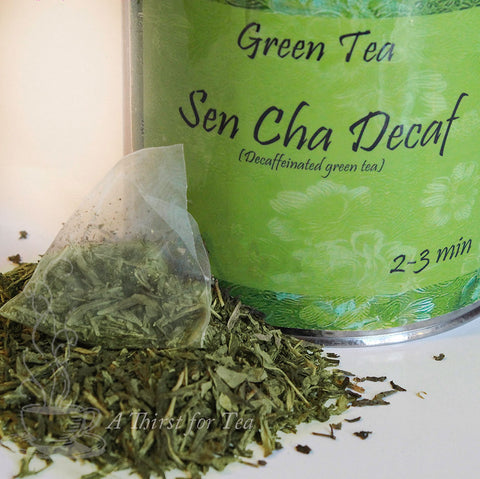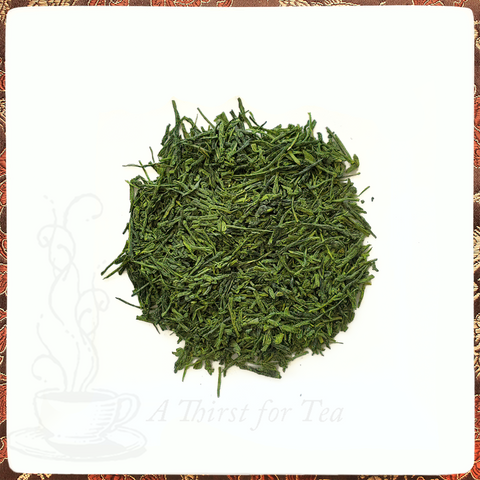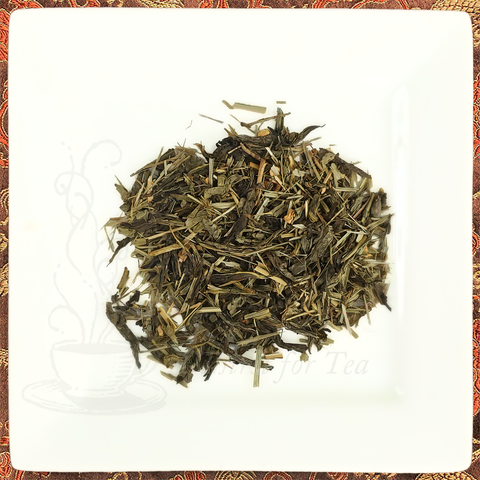Fuji Midori is a sibling of Shizu-7132, another of our featured single cultivars, with the developmental name of Shizu-7224 before being named in 1962. It was chosen as one of the first 7000 series plants to be named and commercially propagated due to its distinguished unique flavor that is incredibly vegetal with flavor notes of brussels sprouts and asparagus. The thick body has a rich umami taste. Fuji Midori has a strong aroma of freshly cut grass with subtle notes of manju and jackfruit. The liquor is a pale yellow green color. Today, it is quite uncommon to find Fuji Midori, as it is one of the lesser grown cultivars.
Our Fuji Midori is coming from Taruwaki-san, a 2nd generation tea farmer, whose secret to making incredible tea is ensuring that the tea field is in symbiosis with nature. His farm, located in mountainous Kawane, Shizuoka, has been operating with no use of pesticides since 1990 and no chemical fertilizers since 2002. (Full organic since 2002) The average elevation of his fields are 630m (just over 2,000 ft). The mountains of Kawane have produced many national award-winning teas. The town lies along the Ooi River, offering plentiful water and abundant nutrients. Meanwhile, the regular temperature difference of 18°F between day and night helps to make delightfully aromatic tea.
Ingredients: Single Cultivar Fuji Midori Sen Cha green tea
Origin: Kawane, Shizuoka Prefecture, Japan
Brewing Instructions
Water Temperature: 170-175
Water Quality: Best with Spring Water
Amount of Leaf (per 6 fl oz water): 1 tsp. (3 grams)
Steep Time: 30 - 90 seconds
Number of Infusions: 3
Fuji Midori may be prepared in a standard teapot, tetsubin, or in your favorite mug or lidded gaiwan. For best results, we recommend that you pre-warm your vessel, and place 3 grams of leaf per 6 oz of liquid, before infusing with 170-175 degree water for 30 seconds to 3 minutes. As with all green teas, most Japanese green teas can be infused at least three times. Increase the time and temperature slightly with each subsequent infusion. Experimenting with your own temperatures and steeping times is encouraged, especially with such a forgiving tea. Cooler temperatures and shorter times yield more mellow, fruity elements, while hotter water and longer times produce more floral and full-bodied complexities. Always use the best-tasting water you can find, and adjust steeping times, quantity of leaves, and water temperature to your personal preferences.
We highly recommend brewing your tea in a teapot or mug with a removable infuser so that you can remove the leaves at the end of the steeping time. Whole leaf teas of this quality need room to unfurl and expand in the water in order to perform their "magic." If you don't have a removable infuser, you can brew the loose leaves directly in the pot. At the end of the steeping time, pour all of the tea into a warm serving pitcher or pot.


